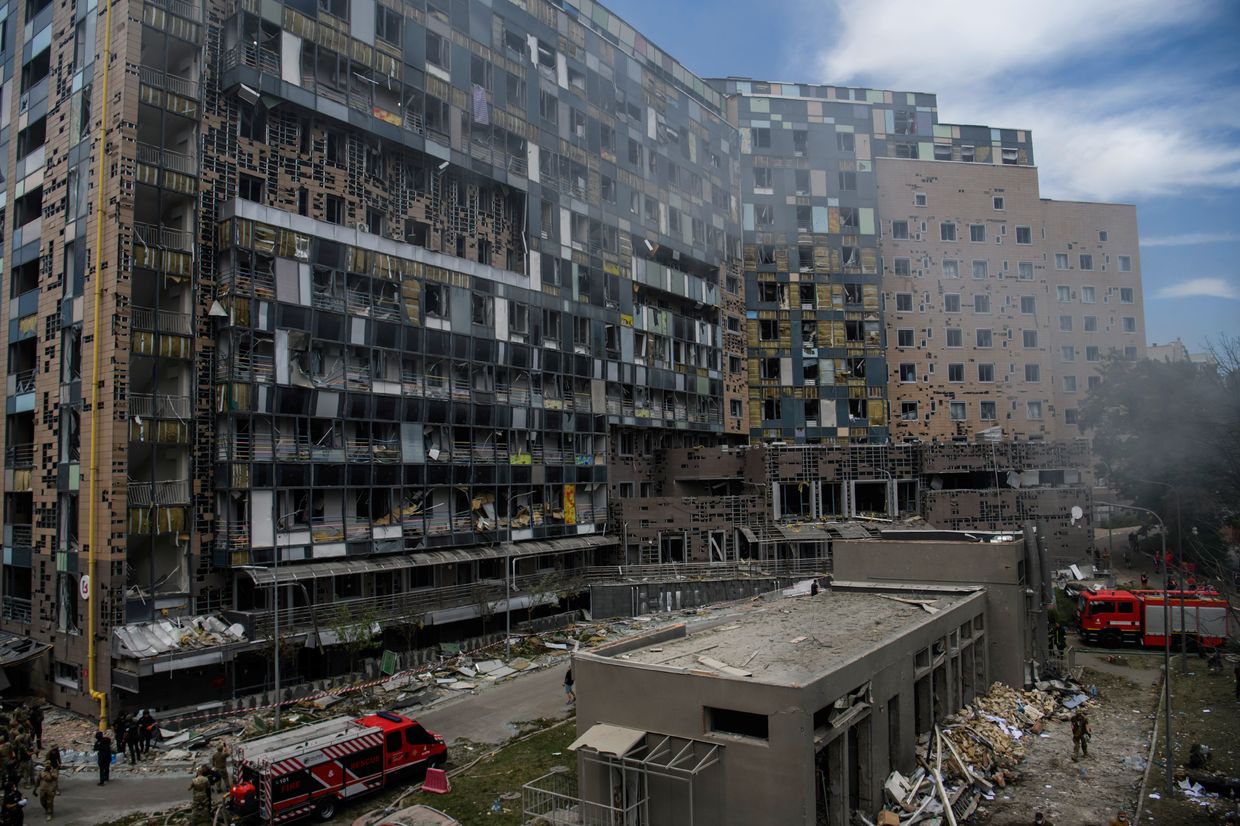With the 2022 midterm elections coming up, it’s worth examining how New Jersey’s congressional map played out. The new congressional map, which was used for the first time this year, was put into effect at the very end of 2021 by the New Jersey Reapportionment Commission. The commission consisted of 13 members, consisting of six Democrats, six Republicans and a member selected by the New Jersey Supreme Court.
If the state new congressional boundaries came to light late last year, it soon became clear that the map was drawn primarily to protect the state’s 12 House members, most of whom are Democrats. The main exception was the 7th district, which became more Republican. Indeed, Democratic D.C. Rep. Tom Malinowski was the only New Jersey House member to lose earlier this month.
Unfortunately, no other statewide House contest resulted in a close race, with the exception of the 5th and 9th districts in northeastern New Jersey, both of which were won by roughly 10% of the total filed votes (for context, President Joe Biden won the state overall by about 16% in 2020). To be sure, some House districts will simply never be competitive, and across the country, geographic polarization has only made it harder to draw competitive districts. In New Jersey, almost any reasonable congressional map would start with about half of the state’s House districts that would be safe for either party.
What’s disappointing about last year’s congressional map, though, is that it deliberately made potentially competitive districts more blue or red to protect incumbents. For example, the 6th District, which is in eastern Middlesex County and coastal Monmouth County, may not have been affected by the commission during the redistricting process. It was a district that already leaned heavily Democratic, albeit in a part of the state that could potentially make for a close race under the right circumstances. However, instead of keeping the 6th place on the edge of competitiveness, the commission made it even more democratic.
The same could be said for the 2nd District, although in this case the shift in partisanship went the other way. Historically a South Jersey district, the 2nd contains some of the most competitive parts of the state and would likely remain so if left with a similar configuration. Instead, the commission pushed the 2nd District further into Ocean County, cementing the seat as a Republican stronghold. Indeed, Republican Jeff Van Drew won re-election this month by nearly 20%, while in 2020 he only won by single digits in a more competitive version of the district.
The old map was more competitive
In some key ways, New Jersey’s congressional map in the 2010s did a better job of dividing the state fairly than the new map. While the last decade’s map wasn’t necessarily competitive when it was drawn in late 2011, it featured five competitive districts by the mid-2010s. On the other hand, there is little chance that the new map will see similar changes during the 2020s, as districts that were drawn as bluer (specifically the 3rd, 5th and 11th) typically have trend toward Democratic, while the much redder ones (2nd and 4th) become more Republican over time. Only 7th and 9th are places that could potentially become more competitive over the next decade.
In the end, perhaps the most unfortunate thing about the new map is that in some cases our state’s districts could be more competitive, compact, and better aligned with communities of interest (districts that share similar legislative interests) across the state. once. For example, the 2nd and 6th districts were probably the two biggest missed opportunities. Drawing both slightly differently could improve the state’s congressional map significantly without unduly hurting either party. Keeping the No. 2 spot in Central South Jersey would earn a spot in the big fight. It would also mean the 2nd would no longer have a presence in Ocean County, which could become the core of the new 4th. This change, which would have benefited Democrats, could easily be balanced with a more Republican 6th District, which trades towns in the New Brunswick area for additional coastal towns in Monmouth County, becoming a true coastal district in the process.
In short, the state reapportionment commission did not have to choose between competing districts and districts that actually represented different parts of the state. By having at least one pair of constituencies, the commission could achieve both goals simultaneously. That would force Republicans and Democrats to work harder to appeal to a wider range of voters, a feature largely absent from the rest of the new congressional map. If New Jerseyans want more competition back on the map, they’ll have to wait until the early 2030s to report it.











